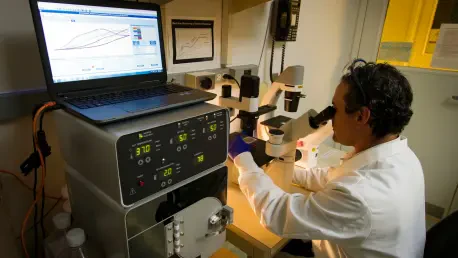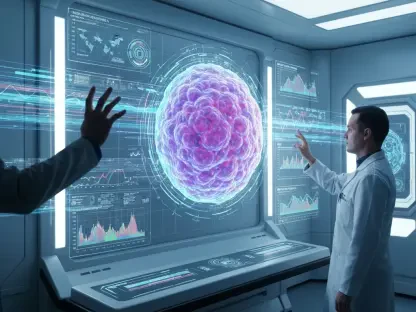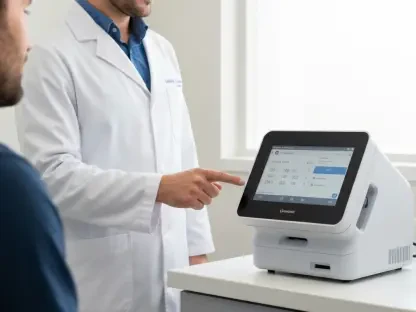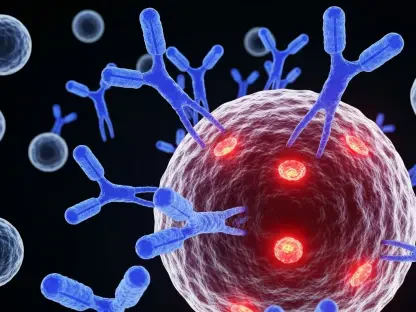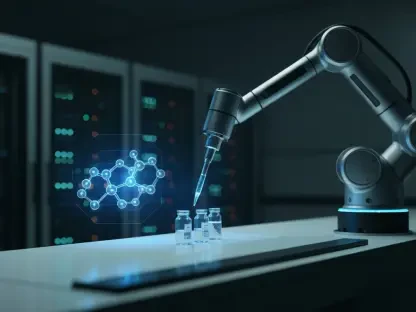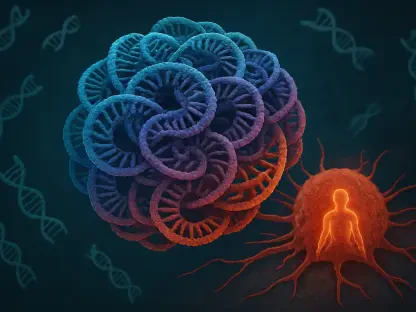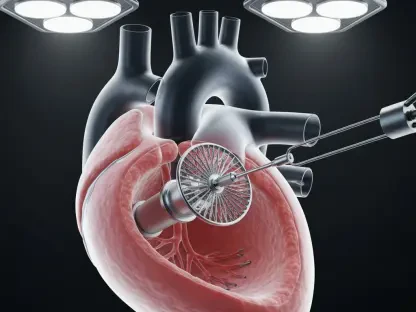When it comes to the rapidly evolving field of cell and gene therapy (CGT), Ivan Kairatov stands out as a seasoned expert with significant insight into technological advances and strategic partnerships. His expertise is pivotal in understanding Matica Bio’s collaboration with Texas A&M’s National Center for Therapeutics Manufacturing (NCTM). Through this partnership, Matica Bio aims to enhance CGT development and commercialization by marrying academic research with industrial manufacturing prowess. In this interview, Ivan delves into the roles each entity plays, the cutting-edge technologies involved, and how this synergy could transform the landscape of innovative therapies.
Can you elaborate on the specific role that Matica Bio will play in the partnership with Texas A&M’s National Center for Therapeutics Manufacturing (NCTM)?
Matica Bio is primarily responsible for leveraging its manufacturing expertise to streamline and scale the production of cell and gene therapy candidates from development to clinic. Our role encompasses regulatory support, ensuring these therapies meet quality standards and are swiftly passed through clinical stages. By offering end-to-end services, we aim to bridge the gap between academic research and commercial viability, speeding up the process to benefit both innovators and patients.
What advantages do NCTM’s early-stage research and development capabilities bring to this partnership?
NCTM excels at early-stage process development, optimization, and scale-up for various therapeutic materials, including viral vectors and mRNA. This capacity allows for the initial technical hurdles to be addressed effectively, setting a solid foundation for Matica Bio’s subsequent manufacturing processes. With this synergistic approach, we ensure a seamless transfer from discovery to large-scale production, which is crucial for timely and efficient therapy development.
How does Matica Bio’s manufacturing expertise complement NCTM’s capabilities?
Our manufacturing expertise provides the capability to take promising discoveries from NCTM and adapt them for commercial scale production. Matica Bio focuses on tailoring regulatory strategies and ensuring all products are produced to meet stringent quality standards. This collaboration allows us to tackle challenges in production, ensuring that high-quality therapies are available to meet increasing demand in the healthcare market.
Can you provide more details about the Sartorius Ambr 250 system in your College Station facility? What makes it significant for cell and gene therapy (CGT) development?
The Sartorius Ambr 250 system is an advanced automated bioreactor technology that aids in efficient scaling and optimization of biological processes. For CGT development, its adaptability is crucial; it allows us to refine production processes and scale them up from small, experimental phases to larger, clinical grades. Its precision enhances process reliability, ultimately translating to more consistent product quality and faster timelines to clinic readiness.
What is the importance of the MatiMax cell line unveiled at the BIO International Convention? How will it impact CGT development?
The MatiMax cell line provides unique HEK293/HEK293T-based options, which are pivotal in the development of cell and gene therapies. By offering both adherent and suspension choices, we give researchers and developers flexibility in how they approach their projects. This innovation can significantly cut down development time and cost, making it a valuable resource for expediting the research and clinical phases for CGT candidates.
How does this partnership aim to accelerate the process of taking cell and gene therapy candidates from development to the clinic?
By synergizing the early-stage research capabilities of NCTM with Matica Bio’s advanced manufacturing processes, we’re able to streamline every phase of development. This integration reduces costly errors and rework, enhancing efficiency. Our combined efforts facilitate rapid problem-solving and innovation, incrementally advancing therapies through to clinical application without delay.
Can you explain the NCTM’s role within Texas A&M’s Engineering Experiment Station? How does it enhance students’ learning experiences?
NCTM provides a tangible connection between academic concepts and real-world application by offering students hands-on experience in biomanufacturing. This exposure to cutting-edge techniques and processes at Texas A&M not only enriches their education but also prepares them for future roles in the biopharmaceutical industry. It’s an invaluable platform that bridges academia with industry, driving innovation through education.
In what ways does the NeuroPIPES program at NCTM benefit neurodivergent individuals?
The NeuroPIPES program is designed to create accessible pathways for neurodivergent individuals within the biopharmaceutical industry. By tailoring training and employment opportunities, it leverages the specific strengths and talents of neurodivergent individuals, thereby enriching the workforce diversity and inclusivity in biomanufacturing while providing skilled technicians and increasing employment opportunities in the field.
What role does the National Institute for Innovation in Manufacturing Biopharmaceuticals (NIIMBL) play in supporting the NeuroPIPES program?
NIIMBL’s support through funding and resources is critical for the development and implementation of the NeuroPIPES program. This collaboration fosters specialized training environments, ensuring neurodivergent individuals receive tailored support necessary for success. By empowering individuals with the right tools and skills, NIIMBL helps bridge gaps in employment and promotes a more inclusive workplace culture.
How do you see the combination of academic innovation and industrial execution benefiting CGT innovators in this partnership?
The fusion of academic innovation with industrial execution creates a dynamic ecosystem where ideas rapidly transition from theory to practice. This partnership provides CGT innovators with comprehensive resources and infrastructure, minimizing traditional barriers such as access to advanced technology and market hurdles. It fosters an environment of accelerated innovation for developing transformative therapies.
Could you share some examples of how this collaboration is expected to reduce barriers for CGT innovators?
One tangible example is the access to state-of-the-art equipment and expertise, which can be prohibitive financially. Through this partnership, innovators benefit from our technological assets without the need for significant upfront investment, enhancing their ability to experiment and refine therapies. Moreover, streamlined processes and shared knowledge greatly reduce time and effort usually required to navigate regulatory landscapes.
How does this partnership align with your mission to bridge academia and industry, as mentioned by Baley Reeves, director of the NCTM?
This collaboration exemplifies our mission by nurturing comprehensive interactions between academic research and practical manufacturing. Through a shared vision with NCTM, we aim to remove traditional silos and expedite the development and delivery of revolutionary therapies. By creating open channels for communication and exchange, we lay the groundwork for groundbreaking advancements in CGT.
What are the expected outcomes for translational research through this collaboration?
We anticipate a significant acceleration in translational research, where innovative concepts rapidly progress to viable therapeutic solutions. This outcome is fostered by our coordinated resources, combining academic insight with industrial application, ultimately translating to enhanced patient accessibility to groundbreaking treatments resulting from this collaborative effort.
In what ways do you expect this partnership to impact the delivery of new therapies to patients?
By reducing development timelines and elevating the quality of therapeutic candidates, this partnership strategically optimizes the path from bench to bedside. Patients will see faster availability of cutting-edge treatments, promising improvements in health outcomes. Our united capabilities focus on proactive problem-solving and efficiency to ensure patients receive the best possible care swiftly.
Looking towards the future, are there any particular goals or expansions that Matica Bio and NCTM aim to achieve together?
Our overarching goal is to continually expand our capabilities and outreach, enhancing both the breadth and depth of services offered to innovators. Future expansions might include integrating emerging technologies, refining processes, and scaling operations to accommodate an ever-growing demand for CGT solutions. This partnership is dedicated to exploring all avenues that advance healthcare and increase access globally.
